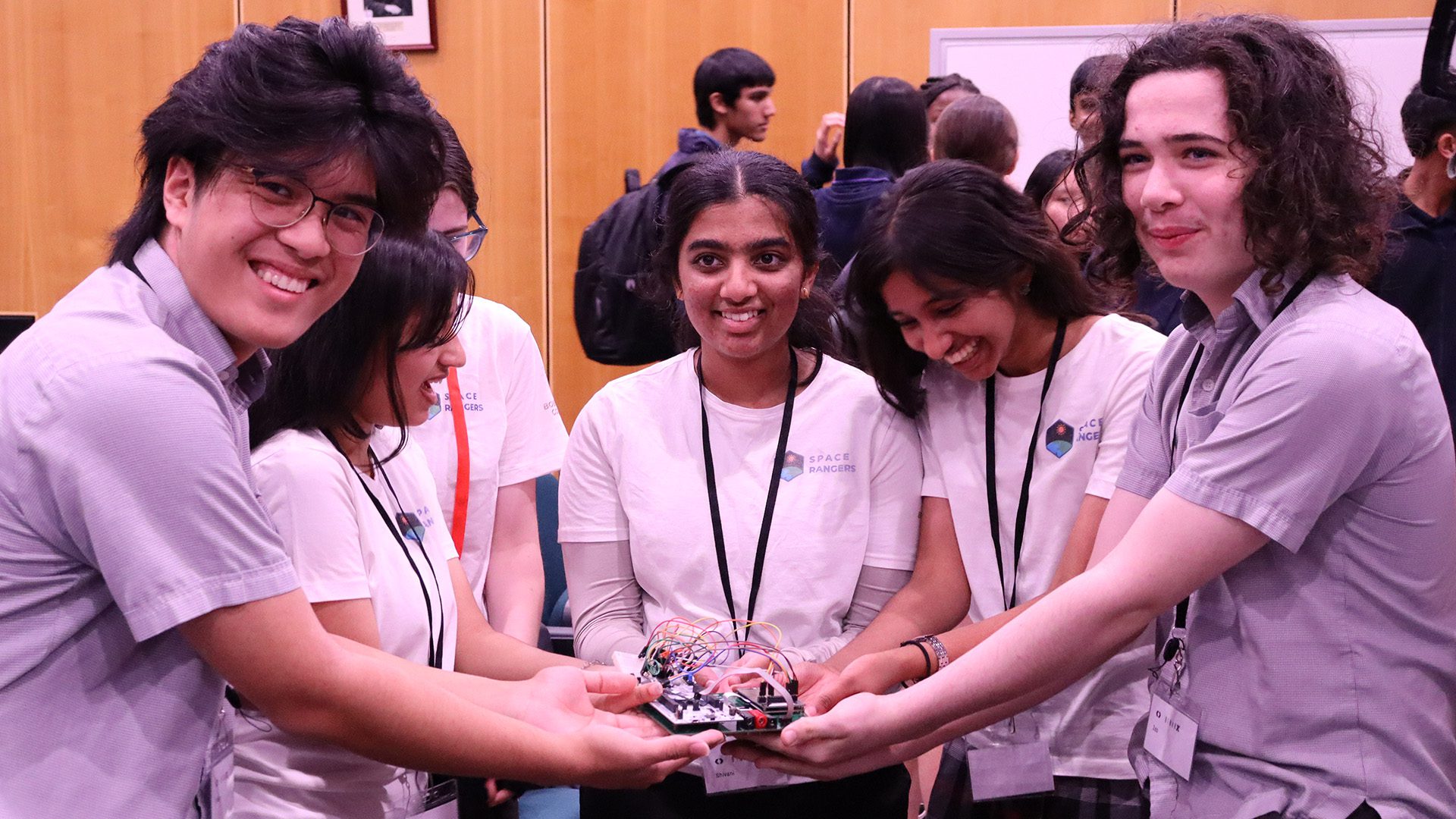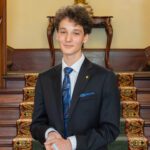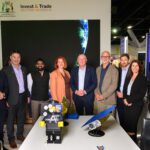More than 60 Western Australian high school students will soon see their handiwork launched into orbit, after handing in a science project like no other as part of Curtin University’s BinarX program.
Delivered through Curtin’s Space Science and Technology Centre (SSTC) from the School of Earth and Planetary Sciences, BinarX’s in-school payload development program gives students the chance to design and build real spaceflight hardware — known in the industry as “payloads” — before the rare opportunity to test their work in orbit.
Students from eight Perth schools have formally handed over their payloads, developed over the past 18 months, to be integrated into Curtin’s upcoming Binar-5 cube satellite, slated for launch next year.
Two additional student teams will see their designs launched onboard a high-altitude balloon flight, reaching the edge of Earth’s atmosphere on a near-space mission later this year.
The students presented their work at a showcase event at Curtin, before handing over their completed payloads to the Binar spacecraft engineering team for testing and integration into the spacecraft.
Originally piloted in 2021 with just two schools, the BinarX program expanded significantly in 2024, with hopes for further growth in coming years.
Binar Principal Investigator and former WA Scientist of the Year, John Curtin Distinguished Professor Phil Bland, said the BinarX program is unlike anything else in Australia, offering students a direct pathway into the growing aerospace sector.
“This is more than a classroom exercise; these students are contributing to real space missions,” Professor Bland said.
“The BinarX program is one of the only initiatives in the country where high school students are given the tools and mentorship to build real, flight-ready hardware destined for orbit.
“We’re immensely proud of what these students have achieved, and we’re excited to see their experiments launched into space alongside our next-generation Binar spacecraft.”
SSTC Director Associate Professor Nick Timms said Binar X plays a vital role in building Western Australia’s international reputation and capability in space technology.
“The future of space exploration starts right here in our schools,” Associate Professor Timms said.
“With BinarX, we’re giving students hands-on experience in designing and building hardware that actually leaves the planet – and that’s something very few people in the world can say.”
SSTC Research Fellow Dr Robert Howie said the program would benefit not only the students involved, but WA more broadly.
“We’re excited to be developing future workforce for the economic diversification of the WA economy,” Dr Howie said.
“The program aims to inspire and develop the next generation of space scientists and aerospace professionals in right here in WA.
“By the time these students graduate, they’ll already have contributed to a space mission – which is a wonderful launchpad for a future career in the space industry.”
Launched in 2017, the Binar Space Program has already deployed four satellites and is now developing its next generation.
As well as carrying the students’ experiments, Binar-5, Binar-6 and Binar-7 will test advanced technologies for future deep space missions and demonstrate new Earth observation and navigation systems.
Therse missions follow the successful launch of Binar-1 -the first WA-built satellite launched into orbit- and Binar-2, 3, and 4 missions completed last year.



